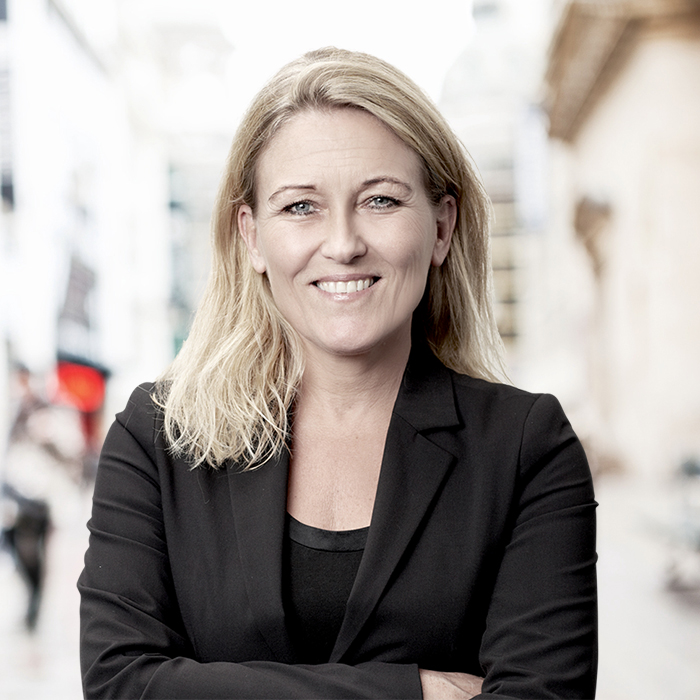Kirsten Neergaard explains that savings are relatively high and above pre-crisis in the Nordics, housing prices have generally increased, and interest rates are low.
»The cumulated savings have been boosting online shopping and sales towards construction materials, household items and not least electronic equipment. Overall the consumer confidence is relatively strong and the reopening will provide a boost to other businesses leading us to expect a positive GDP in 2021«, says Kirsten Neergaard.
Assistance mechanisms are phasing out
The “whatever it takes” consensus and approach to fiscal policy in 2020 will be giving way to more diversified policy prospects.
If we stick with the Olympic lingo, the global demand torch will pass to the US, with its gigantic USD1.9trn fiscal stimulus (9% of GDP). Euler Hermes expects most EU flagship fiscal policies to be phased out no sooner than fall 2021, which is bound to trigger a rise in unemployment and insolvencies.
Most countries will continue to inject liquidity and support companies and jobs to avoid the sanitary and economic crisis morphing into a financial and social crisis. However, 2022 will bring an economic reality check for companies.
Economy policies and support schemes have played a key role in the Nordic countries fencing off or delaying insolvencies. The phasing out of these policies will result in an increased risk of bankruptcies, says Kirsten Neergaard.
»How big an increase and how fast depends on factors such as the speed of the reopening, the success and speed of the vaccination campaigns and how people choose to spend their money. It might be too late for some companies«, says Kirsten Neergaard.
For some companies it will be a reality check and for some it might be difficult to obtain financing.
»Generally, we have seen a number of Nordic companies adapt to the changed business environment and many companies did surprisingly well in 2020 even under difficult circumstances. However, it’s a fact that some companies in the most impacted sectors might run out of money due to lower or almost no sales, and if they’re not able to adapt their businesses, it might be a challenge going forward«, says Kirsten Neergaard.
Effects of investment are not yet resolved
The huge investment packages in the pipeline in the US, the EU and in China will all contribute to support demand and the global economy’s growth potential over the medium term. However, their success depends on whether governments can channel excess savings to productive projects and boost the private sector.
»This can be a huge possibility for Nordic exporting companies, especially those who are already exporting to those markets«, says Kirsten Neergaard.
Bottlenecks in the global supply chain
Global trade growth will rebound to 7.9% in 2021 in volume terms, but excluding the positive base effects from 2020 growth, will stand at 5.4%. More importantly, Euler Hermes expects a temporary slowdown in Q2 2021 due to prevailing supply-chain disruption. In addition, trade in services will remain impaired by the delayed reopening of sectors most impacted by Covid-19.
Bottlenecks in the global supply chain could, according to Kirsten Neergaard, push global trade into a borderline recession starting in Q2 as the supply chain disruptions could cut global trade growth in volume.
»Nordic companies need to know their suppliers and customers well and overall have a strong knowledge of the whole supply chain. A shortage can have a huge impact on sales. You cannot sell even if the need is there, if you don’t have the goods«, says Kirsten Neergaard.
Temporary overshoot of inflation
Inflationary pressures will continue to increase notably in 2021, thanks to the recent input cost bonanza, we have recently experienced, driven above all by strained supply chains and the oil price recovery, higher inflation in service sectors along with the economic reopening in the second half of 2021 and strong pandemic-related roller coaster effects.
However, Euler Hermes don’t expect central banks to stage a policy U-turn as a reaction to inflation temporarily overshooting in the US at 3.5% by mid-2021 and hitting the 2% target for a few months in the Eurozone.
»Investments might be slowing down a bit and the terms of investment might be tougher, raw material prices might increase and we might see supply shortage, and this might overall lead to price increases. However, we believe the increase will stay low and marginal - it will likely be temporary and we don’t expect strong reactions from the banks.«


